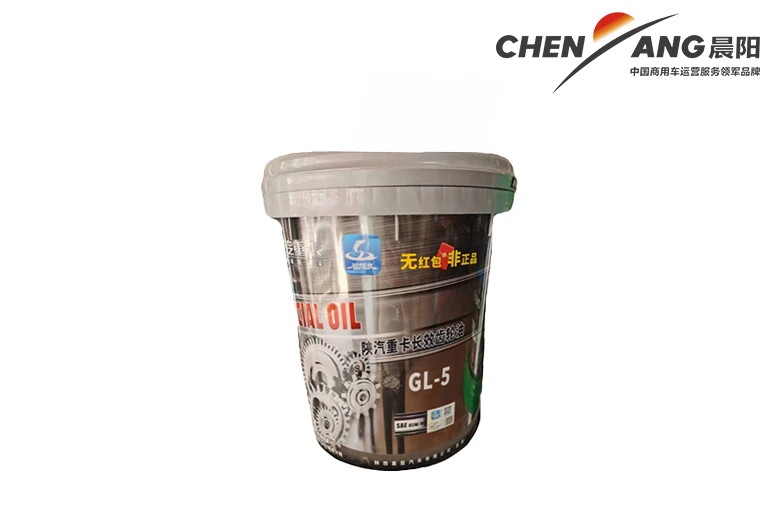carbon fiber car chassis
The Future of Automotive Engineering Carbon Fiber Car Chassis
In the ever-evolving world of automotive engineering, the quest for lightweight and durable materials has led to the increased adoption of carbon fiber in car chassis design. This revolutionary material has transformed how vehicles are constructed, offering significant advantages in terms of performance, safety, and environmental impact.
Carbon fiber, made from thin strands of carbon atoms bonded together in a crystalline formation, is known for its exceptional strength-to-weight ratio. This means that car manufacturers can create chassis that are not only strong and rigid but also significantly lighter than traditional materials such as steel or aluminum. The reduction in weight directly translates to improved fuel efficiency and enhanced performance. Lighter cars require less energy to accelerate, resulting in lower fuel consumption and reduced emissions, which aligns with the global push for more sustainable transportation solutions.
One of the most prominent benefits of carbon fiber car chassis is their impact on vehicle dynamics. A lighter chassis contributes to improved handling, as the car can respond more quickly to driver inputs. This is particularly beneficial in high-performance vehicles where agility and precision are paramount. Moreover, the rigidity of carbon fiber enhances structural integrity, reducing the risk of flex during high-speed maneuvers and ensuring that the vehicle remains stable and predictable on the road.
Safety is another critical aspect where carbon fiber shines. In the event of a collision, carbon fiber can absorb and dissipate energy more effectively than conventional materials. This characteristic enhances passenger protection, as the chassis can help manage impact forces better, potentially leading to reduced injuries. Furthermore, the design flexibility afforded by carbon fiber allows manufacturers to create complex shapes that can optimize crumple zones and improve overall safety performance.
carbon fiber car chassis

Despite its advantages, the adoption of carbon fiber car chassis is not without challenges. The primary hurdle remains the cost. Carbon fiber is still significantly more expensive to produce than steel or aluminum, which limits its widespread use in mass-market vehicles. However, advancements in manufacturing processes, such as automated layup techniques and the development of more affordable precursors, are gradually lowering production costs. As these technologies improve, it's expected that carbon fiber will become more accessible, allowing a broader range of vehicles to incorporate this innovative material.
Another consideration is the recycling of carbon fiber. While the material boasts impressive durability, its recyclability has often been questioned. Nevertheless, ongoing research is focusing on developing methods to recycle carbon fiber composites effectively. These efforts are crucial for reducing the environmental footprint of carbon fiber vehicles, ensuring that they contribute positively to the sustainability goals of the automotive industry.
In conclusion, the integration of carbon fiber into car chassis represents a significant advancement in automotive engineering. Its lightweight nature improves fuel efficiency and vehicle dynamics, while its safety benefits are undeniable. As the industry continues to innovate and address the challenges associated with cost and recyclability, carbon fiber has the potential to become a standard in vehicle design. The future of automotive manufacturing is undoubtedly intertwined with the evolution of carbon fiber technology, promising a new era of efficient, high-performance, and environmentally friendly vehicles. As consumers become more conscious of their environmental impact, the appeal of carbon fiber car chassis will only grow, paving the way for a cleaner, more sustainable automotive landscape.
In the years to come, we can expect to see a variety of vehicles—including electric and hybrid models—adopting carbon fiber chassis, pushing the limits of performance while remaining aligned with global sustainability initiatives. The journey of carbon fiber in automotive applications is just beginning, and it promises exciting developments for the future of transportation.
-
SINOTRUK HOWO 84 Electric Dump Truck for Eco-Friendly Heavy HaulingNewsJul.26,2025
-
The Fast 16-Gear Manual Transmission Assembly for Heavy TrucksNewsJul.25,2025
-
Mercedes Benz Actros 1848 42 Tractor Truck for Sale - Reliable PerformanceNewsJul.24,2025
-
High-Quality Water Pump Assembly for Sinotruk Trucks – Durable & ReliableNewsJul.23,2025
-
Premium Truck Engine Antifreeze Coolant Fluid for Heavy Duty VehiclesNewsJul.22,2025
-
FOTON View G7 Mini Bus: Affordable & Spacious TransportNewsJul.22,2025
Popular products

























